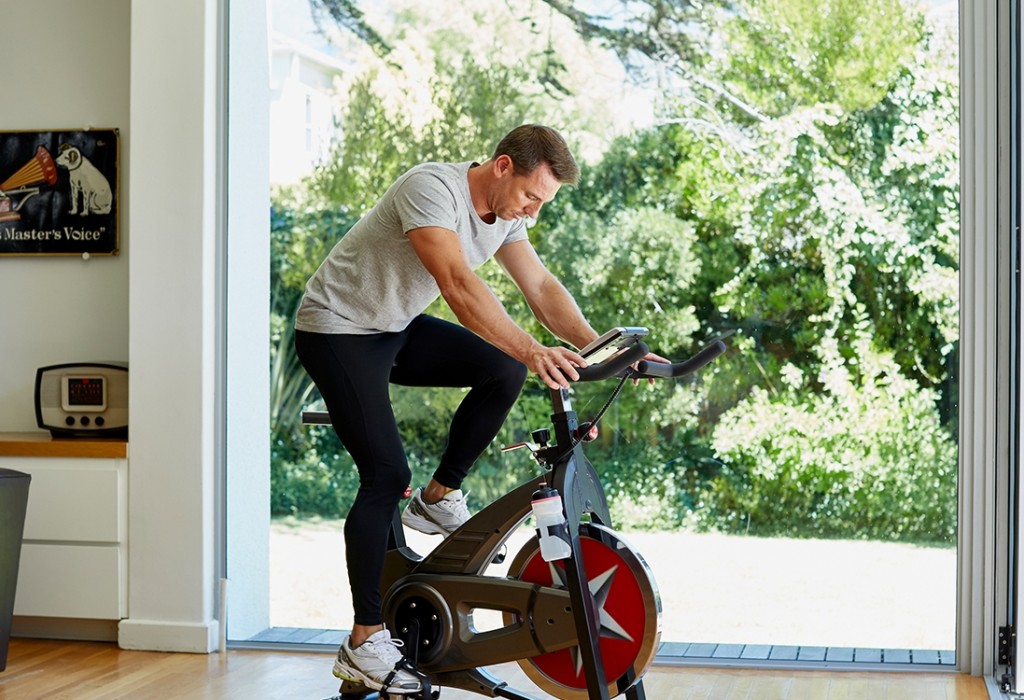Exercise is key to living with AFib
Atrial fibrillation shouldn’t stop you from pursuing a healthy, active lifestyle. In fact, atrial fibrillation patients can reap many benefits by pursuing an exercise program. Exercise can reduce the frequency and severity of AFib episodes in addition to lowering blood pressure and slowing your resting heart rate.
Of course, none of this means you should launch yourself into running a marathon after years of sedentary living. You need to be careful as you design your exercise program.
Before you exercise, know what type of AFib you have
There are four types of AFib: persistent, paroxysmal, vagal, and adrenergic. Knowing which one you have affects how you should approach your exercise routine.
1. Persistent AFib
patients are nearly always in AFib. Since it’s usually best to exercise when one is not suffering from an episode, these patients will need to be especially careful to stick to gentle, low-impact programs.
2. Paroxysmal AFib
patients have episodes that come and go. Within reason, they can pursue just about any program they like, if they don’t overdo it.
3. Vagal AFib
is when your episodes occur mostly during or after a meal or resting after exercise. This type of atrial fibrillation is related to the vagus nerve. For some people with this type of AFib, exercise can actually help stop the episodes.
4. Adrenergic AFib
is when your episodes occur mostly during the day and are normally triggered by exercise, exertion, or stimulants. In this type of AFib, the adrenaline hormone is the trigger. For some people with this type of AFib, exercise can trigger an episode.











